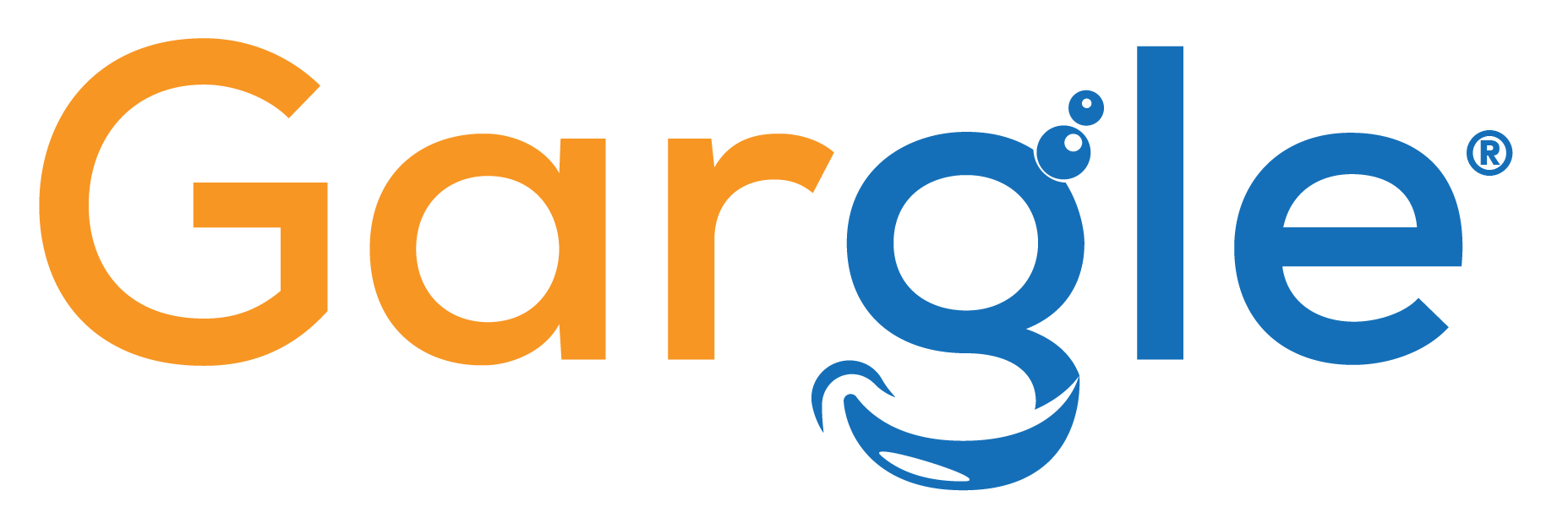As a dentist, determining the cost of acquiring a new patient is crucial to running a successful practice. However, the answer to this question is more complex than it may seem. Dentists often gather information from various sources, leading to a wide range of responses. In reality, the cost per patient is influenced by several factors, including the marketing funnel, fixed and variable costs, location, and targeted dental procedures.
Understanding the Marketing Funnel

The marketing funnel is a conceptual framework that maps the journey from potential patient awareness to becoming a loyal customer. Understanding the funnel’s various stages is pivotal in crafting an effective marketing strategy.
- External Marketing: At the top of the funnel lies external marketing, encompassing channels like postcards, radio, and billboards. While external marketing is reliable, it comes at a higher cost, ranging from $200 to $1,000 per patient. Dentists must carefully weigh the benefits against the expenses, considering factors such as location and target audience.
- Digital Marketing: Occupying the middle section of the funnel, digital marketing involves platforms like Google Ads and social media ads. Although more cost-effective than external marketing, digital strategies still demand a careful analysis of the target market. Costs vary, and dentists should be prepared to invest $500 to $1,500 per patient.
- Internal Marketing: The bottom of the funnel is reserved for internal marketing, which can be cost-free or relatively inexpensive. Tactics like referral cards, seminars, and in-chair recommendations leverage existing patient relationships. Dentists should prioritize internal marketing efforts, as they provide a high return on investment and strengthen patient loyalty.
Optimizing Marketing Strategy

To optimize their marketing strategy, dentists should start at the bottom of the funnel with internal marketing and gradually move up based on capacity. Filling available chair space is essential for maximizing revenue and covering fixed costs. Dentists should also consider location and procedure types when choosing the most effective marketing channels.
Determining the Cost of a Patient and What to Consider

Fixed and Variable Costs
Dentists often make the mistake of conflating fixed and variable costs when assessing their marketing budget. To determine the true cost of acquiring a new patient, dentists must navigate the fixed and variable costs associated with their practice. Fixed costs include expenses like rent, equipment, and salaries, which are incurred regardless of patient acquisition. On the other hand, the marketing budget is variable. Dentists need to analyze their available chair space and the opportunity cost of empty chairs rather than simply dividing the marketing budget by total costs.
Location and Procedure Impact
Location and the specific dental procedures being marketed are two critical factors influencing patient acquisition costs. The geographical area in which a practice is located determines the patient demographic, income levels, and the likelihood of being a high-end, mid-range, or low-end dentist. Additionally, the type of procedure being targeted significantly impacts the potential revenue. Implants, for example, can cost $20,000 to $40,000 per case, making them more lucrative for the practice.
Acquisition Costs
To determine the cost of acquiring a patient, you’ll need to calculate the acquisition costs associated with each marketing channel. This includes expenses related to:
- Online Marketing: Consider costs associated with website development, search engine optimization (SEO), pay-per-click (PPC) advertising, and social media marketing.
- Offline Marketing: Evaluate expenses related to traditional marketing channels such as print ads, direct mailers, and community events.
- Referral Programs: Factor in costs associated with referral programs and incentives offered to existing patients for referring new ones.
Analyze Conversion Rates
Understanding conversion rates is critical for evaluating the efficiency of your marketing efforts. Track the number of leads generated from each channel and calculate the percentage that converts into actual patients. This information will help you identify the most cost-effective channels and optimize your marketing strategy accordingly.
Lifetime Value of a Patient
Consider the long-term value of a patient to your practice. Calculate the average revenue generated by a patient over their lifetime, factoring in repeat visits, additional treatments, and potential referrals. This perspective will provide a more comprehensive understanding of your marketing initiatives’ return on investment (ROI).
Armed with data on fixed and variable costs, location, procedures, acquisition costs, conversion rates, and the lifetime value of a patient, allocate your marketing budget strategically. Focus on channels that deliver the best results and continually optimize your strategy based on performance analytics.
The Strategic Approach to Patient Acquisition

Determining the cost of acquiring a new dental patient is a nuanced process that involves considering various factors. Dentists must assess their marketing funnel, understand fixed and variable costs, and consider location and targeted procedures. By strategically approaching their marketing efforts, dentists can optimize patient acquisition, maximize revenue, and ultimately build a thriving practice.


